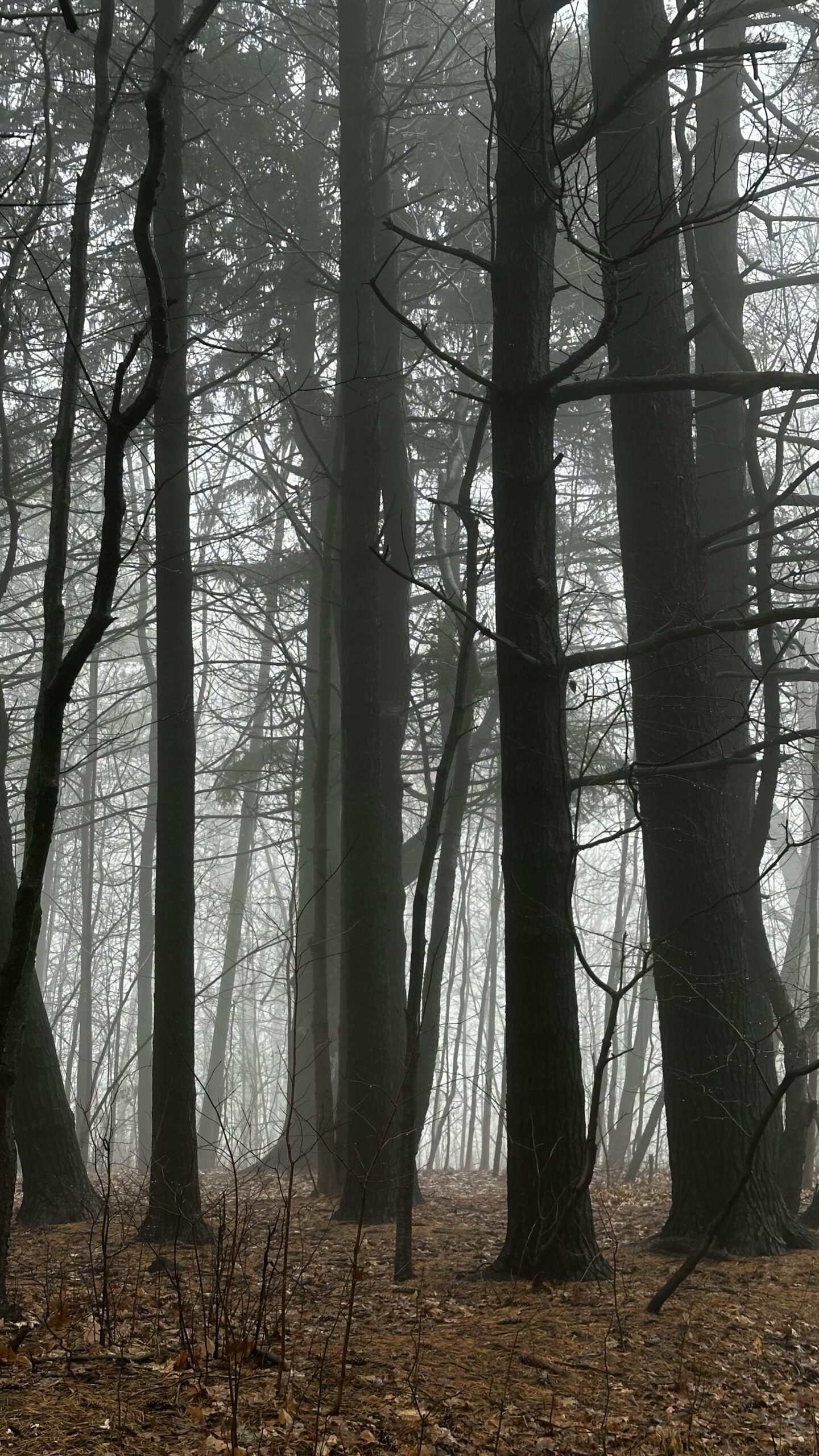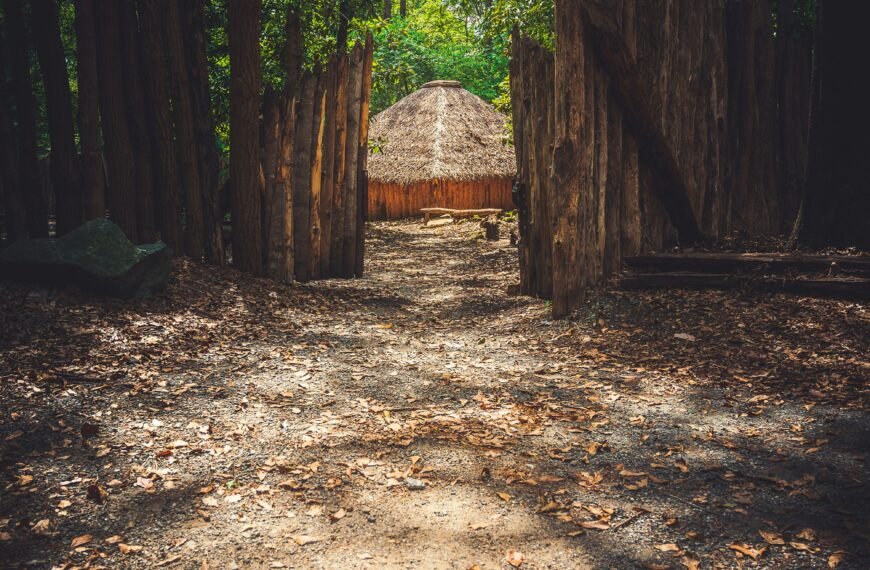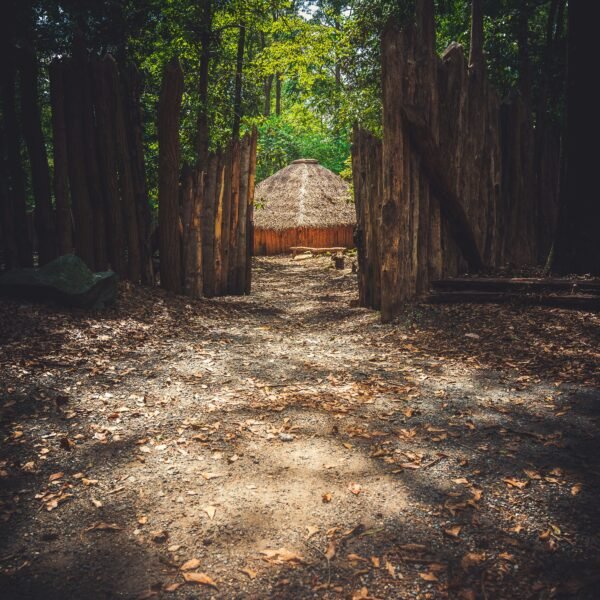Get ready for an unexpected journey as you step into the world of “Klimt Landscapes”. The Neue Galerie in Manhattan presents a captivating exhibition that offers more than just the renowned lush paintings of Gustav Klimt. While you may have anticipated a grand survey of Klimt’s vibrant depictions of parks and orchards, you’ll find yourself immersed in a collection that includes a smaller number of landscapes and a plethora of other artistic treasures. From ethereal portraits to early paintings that trace Klimt’s artistic evolution, this exhibition provides a fascinating glimpse into the artist’s creative journey. Prepare to be amazed by the juxtaposition of naturalism and abstraction, as Klimt’s mosaic-like compositions transport you to the stunning beauty of Austrian summers.

Overview of the Exhibition
Title and Location of the Exhibition
The exhibition titled “Klimt Landscapes” is currently being held at the Neue Galerie in Manhattan, New York.
Expectations for the Exhibition
With Gustav Klimt being renowned for his exquisite landscape paintings, visitors anticipated a comprehensive display of his lush and mesmerizing works. The expectation was to see a multitude of paintings depicting parks, orchards, and various trees that Klimt had created during the later years of his life. These landscape paintings, often painted during his summer holidays spent at the Attersee in Austria, are not as well-known in the United States. Therefore, visitors were excited to explore and appreciate these lesser-known masterpieces.
Introduction to Gustav Klimt
Biography and Background
Gustav Klimt, born in 1862 and passing away in 1918, was an Austrian modernist painter. He was celebrated for his brilliant portrayal of the most beautiful women of Vienna’s haute bourgeoisie in his portraits. Klimt’s portraits captivate the viewer with ethereal figures wearing extravagantly patterned gowns that merge harmoniously with backgrounds of distorted geometries. Inspired by the mosaics of Ravenna, the artist often adorned his paintings with elements of gold, silver, and copper leaf. His most notable portrait, “Portrait of Adele Bloch-Bauer I,” completed in 1907, elegantly portrays one of Klimt’s esteemed collectors.
Famous Works and Painting Style
Klimt’s renowned works primarily consist of his mesmerizing portraits, which have established him as a beloved artist. His portraits showcase his unique painting style that combines delicacy and regality in a captivating manner. The fusion of vividly patterned garments, rich metallic accents, and distorted geometries creates an otherworldly ambiance. These elements, along with Klimt’s exceptional attention to detail and skillful use of color, have made his works highly distinctive and instantly recognizable.

The Fabled Lush Paintings
Description of Klimt’s Lush Landscape Paintings
Klimt’s lush landscape paintings, which gained legendary status, were created in the later years of his career. Capturing the enchanting beauty of parks, orchards, and various trees, these works showcase Klimt’s ability to translate the essence of nature onto canvas. By utilizing vibrant colors and intricate details, Klimt’s landscape paintings evoke a sense of serenity and captivate viewers with their organic beauty.
The Influence of Klimt’s Summer Holidays on His Art
During his summer holidays at the Attersee, a notable resort region in Austria, Klimt found inspiration for his landscape works. The tranquil atmosphere and picturesque landscapes became a significant source of creativity for the artist. The leisurely summer months spent amidst nature allowed Klimt to infuse his artwork with a sense of tranquility, which is evident in the serene and harmonious compositions of his landscape paintings.
The Park
Description of the Painting
One notable painting featured in the exhibition is “The Park,” created by Klimt in 1909. This painting showcases the artist’s exceptional ability to capture the essence of nature. It portrays a tranquil park scene enveloped in a soothing atmosphere. Klimt’s masterful use of color and intricate brushwork brings the park to life, allowing viewers to feel a sense of immersion within the artwork.
Significance and Reception of the Painting
“The Park” holds great significance as one of Klimt’s remarkable creations. Its inclusion in the exhibition offers an opportunity for viewers to appreciate the artist’s ability to depict nature’s beauty and his unique artistic expression. The painting has been met with admiration by art enthusiasts and critics alike, who emphasize Klimt’s masterful technique and the tranquil ambiance he conveys through this artwork.

Klimt’s Portraits
Description of Klimt’s Portrait Paintings
While the exhibition primarily focuses on Klimt’s landscape works, it also includes a selection of his renowned portrait paintings. These portraits showcase Klimt’s exceptional talent for capturing the ethereal beauty of his subjects. With lavish details, intricate patterns, and the interplay of colors, these portraits exude grace and elegance.
Reasons for Klimt’s Popularity in Vienna
Klimt’s popularity in Vienna can be attributed to his ability to capture the beauty and essence of the city’s haute bourgeoisie. His portraits immortalize the most beautiful women of Vienna, rendering them with a delicate yet regal presence. The mesmerizing combination of opulent attire, intricate patterns, and the artist’s distinctive style resonated deeply with the affluent society of Vienna, solidifying Klimt’s position as a celebrated artist within the city.
Discrepancy with the Exhibition Title
Explanation of the Limited Number of Landscape Paintings
Contrary to the expectations set by the exhibition’s title, “Klimt Landscapes,” the display includes only a limited number of landscape paintings. The exhibition at the Neue Galerie showcases merely five late landscapes, which might disappoint visitors who anticipated a more comprehensive survey of these iconic works.
Critique of the Exhibition’s Selection
Some visitors may find fault with the exhibition’s selection, as it does not fully encompass the breadth and depth of Klimt’s landscape masterpieces. The absence of a more significant representation of the artist’s lush landscape paintings might leave some art enthusiasts longing for a more comprehensive exploration of this remarkable aspect of Klimt’s oeuvre.
Other Treasures in the Exhibition
Description of the Additional Artworks Included
While the exhibition may not fully meet the expectations set by its title, it offers other treasures that captivate the viewer. Apart from the limited number of landscape paintings, the display also encompasses additional artworks from various periods of Klimt’s career. These artworks provide a broader understanding of Klimt’s artistic evolution and his versatility as an artist.
Importance and Worth of these Treasures
Although the exhibition may initially disappoint visitors seeking an exclusive focus on Klimt’s landscape paintings, the inclusion of other artworks attests to the breadth of Klimt’s talent and artistic development. Each piece provides unique insights into the nuances of Klimt’s style and allows viewers to appreciate the artist’s versatility and mastery.
Klimt’s Late Landscapes
Description of Klimt’s Late Landscape Paintings
The exhibition features a selection of late landscape paintings created by Klimt during the latter part of his career. These landscapes are characterized by a delicate balance between naturalism and abstraction. Klimt’s distinctive use of magnified pointillism, reminiscent of Seurat’s mosaic-like technique, creates a mesmerizing array of dots, dashes, and commas that bring the landscapes to life.
Comparison between Late Landscapes and Earlier Works
Comparing Klimt’s late landscape paintings to his earlier works reveals the artist’s growth and artistic evolution. While his earlier works demonstrate a romanticized academic style, his late landscapes showcase a departure from traditional norms and a progressive exploration of more abstract and expressive techniques. This shift demonstrates Klimt’s willingness to push artistic boundaries and experiment with innovative styles.
Techniques and Style in Klimt’s Landscapes
Analysis of Klimt’s Use of Naturalism and Abstraction
Klimt’s landscape paintings display a unique integration of naturalistic elements and abstract techniques. Through careful observation and attention to detail, Klimt captures the essence of the natural world. Simultaneously, he employs abstraction to infuse his works with a sense of vibrancy and dynamism.
Comparison to Other Artists like Seurat
The influence of other artists, such as Seurat, can be observed in Klimt’s late landscapes. The pointillist techniques employed by Klimt, characterized by the delicate arrangement of tiny dots and dashes, resemble Seurat’s mosaic-like approach. By utilizing this technique, Klimt adds depth, texture, and visual interest to his landscape paintings, establishing a visual connection with other artists working within similar styles.
Conclusion
Overall Impression of the Exhibition
The “Klimt Landscapes” exhibition at the Neue Galerie offers visitors a captivating journey through the lesser-known landscapes created by the renowned Austrian artist. Despite the limited number of landscape paintings, the exhibition provides a holistic insight into Klimt’s artistic evolution and showcases the breadth of his artistic talent.
Appreciation for Klimt’s Artistic Evolution
Through his meticulous portrayal of the Viennese elite, Klimt has carved a permanent place in the art world. While his elaborate portraits have garnered well-deserved admiration, the exploration of his landscape paintings reveals a different side of his artistic brilliance. The exhibition serves as a reminder of Klimt’s ability to capture the essence of nature and his continuous quest for artistic growth and innovation.







